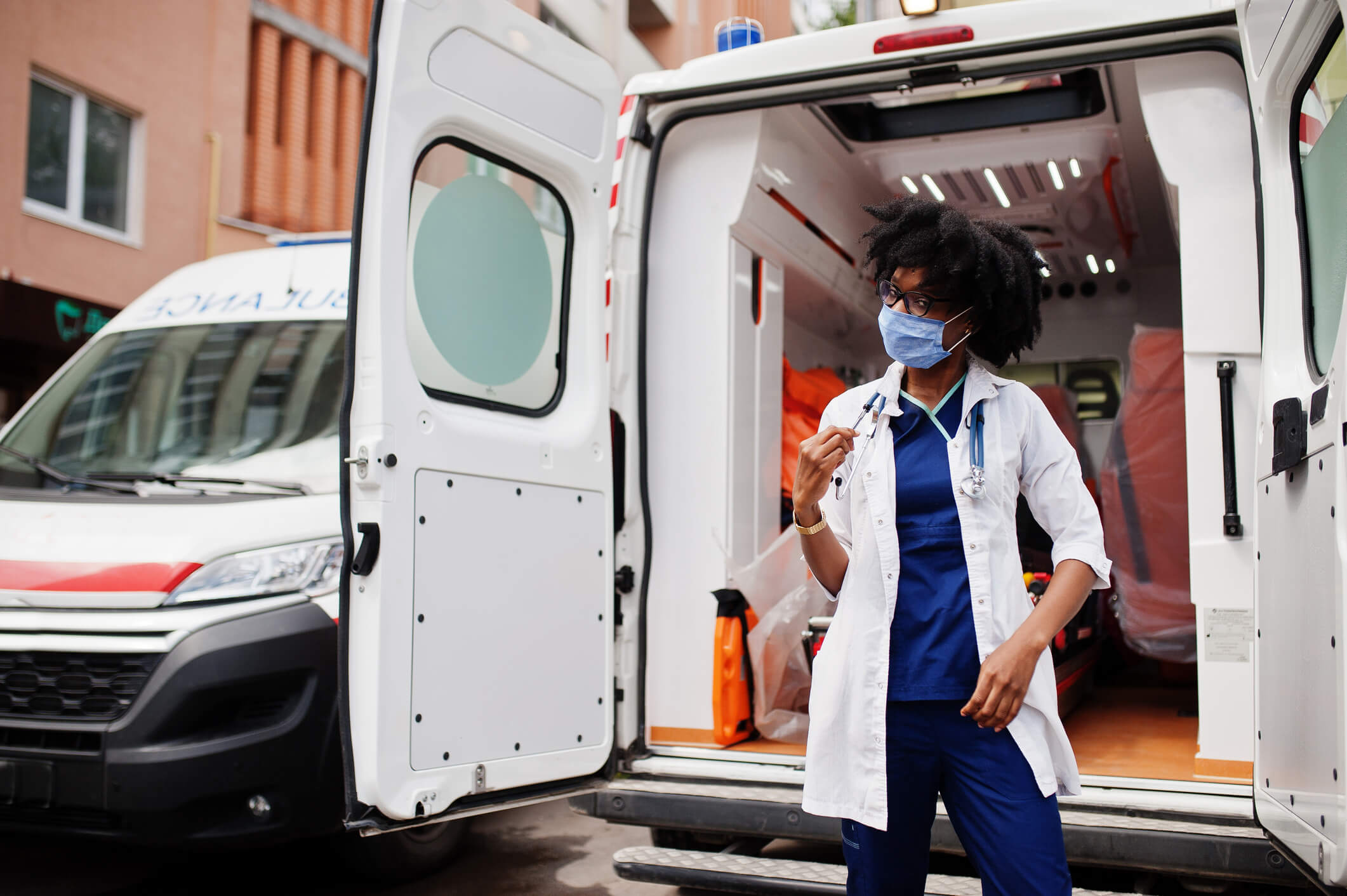
EMTs deal with emergencies every day, so it’s easy to feel like emergency preparedness is baked into the job – and that can lead to complacency.
Your training sessions may feel like mundane drills until you’re suddenly hit with an experience you were unprepared for—whether it’s transporting a combative patient, managing care in a mass casualty scenario, or just treating a patient in the dead of winter and having to face the elements.
Emergency preparedness begins with the right training, and the right training is not easy or orderly. It prepares you to deal with the real-world scenarios you’re likely to encounter, in all of their messy, complex ugliness. Here are five EMT training scenarios that increase emergency preparedness:
1. Training with Difficult Patients
Training scenarios that focus on by-the-book patients are virtually useless. Instead, you need to focus on patient management when a patient doesn’t trust you, is aggressive and angry, or has a cognitive impairment (e.g., dementia). These patients are human beings who matter, and mastering scenarios of calming them and gaining their trust can save their lives.
2. Training in the Elements
Managing a difficult airway might not be terribly challenging for an experienced EMT in the back of an ambulance. But what if you’re treating someone in the snow? Or you’re tending to a patient in the blazing summer heat? You must be prepared to deal with the elements and provide exceptional service, even when you’re physically uncomfortable. This requires having the right materials in your kit. It also involves training that allows you to feel comfortable when your environment is anything but.
3. Training When Initial Treatment Fails
In training scenarios, treatment works and patients recover. But what about the real world where initial treatment may fail, or a patient might develop a secondary complication? Good training focuses on what can go wrong, rather than always highlighting treatment that goes right. Work your way through the next line of interventions when the first one fails, so that when it happens in the real world, you can make quick, clear decisions.
4. Training in Chaotic Scenarios
In the classroom, your peers know you’re under pressure. They’re probably quiet when you drill on basic skills, and helpful when you need some extra guidance. The real world doesn’t offer this gentle environment. You may have to treat patients when bystanders are angry or yelling, parents are panicking, or even in the middle of a crime scene. Practicing in these high-stress scenarios trains your nervous system not to panic, so you can think clearly and competently treat your patients.
5. Train With an Eye Toward ingenuity
Picture this: You’re called to the scene of a potential heart attack at the top of a high rise. The patient weighs 400 pounds and cannot move. What do you do?
Or: You’re called to a home with precipitous childbirth. Mom is bleeding, dad is panicking, and neither of them seems able to get the family dog—aggressive to strangers—out of the way. Being an EMT requires rapid thinking and a bit of ingenuity in tough circumstances. During training sessions, try devising challenging situations to flex your critical thinking and problem-solving skills.
No matter whom you treat or where, airway management is key to keeping your patients alive. The right portable tools help you quickly tend to your patients, reducing morbidity and mortality. For help selecting a portable airway management system for your agency, download our free guide, The Ultimate Guide to Purchasing a Portable Emergency Suction Device.
Editor's Note: This blog was originally published in October 2022. It has been re-published with additional up-to-date content.















